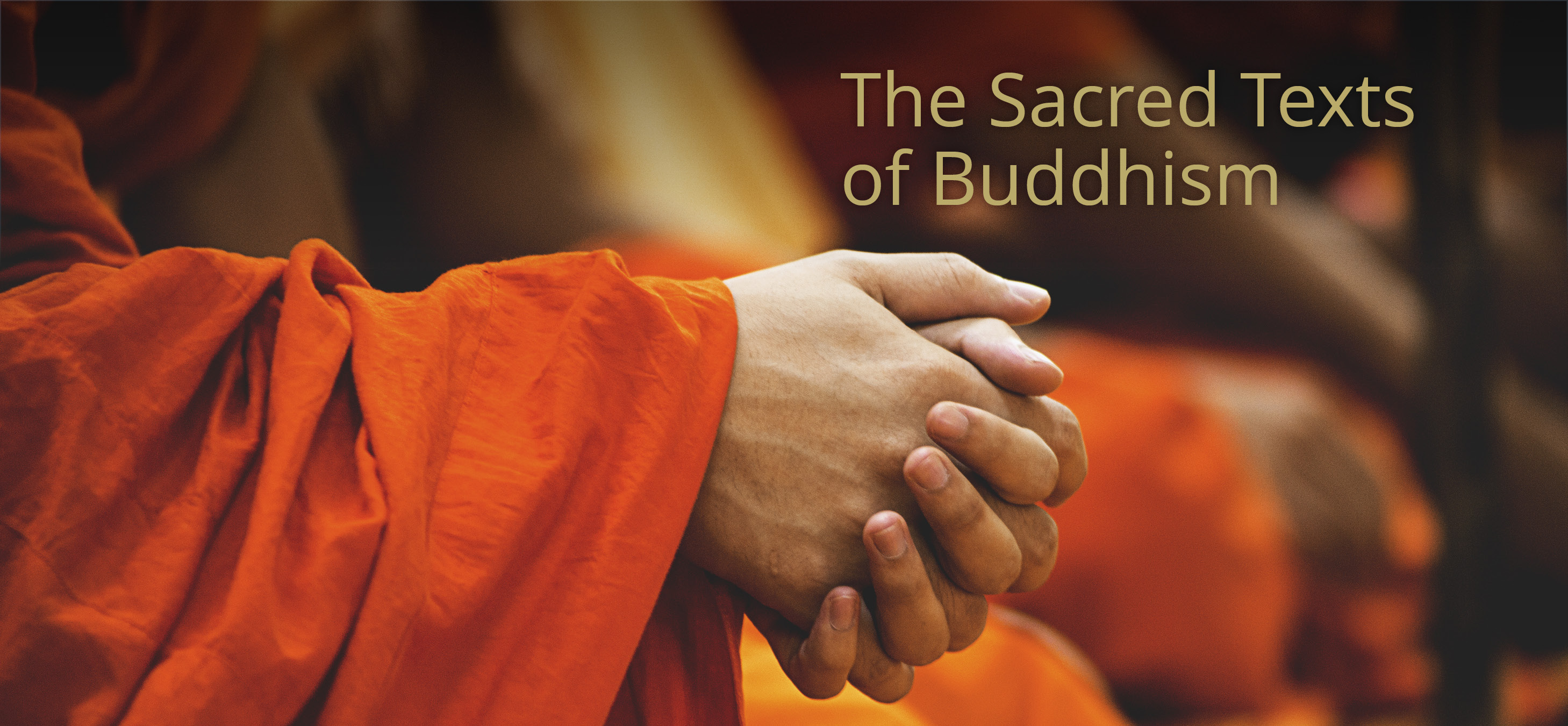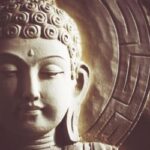What I learned from the sacred texts of Buddha
Crystalee Beck

Approximately 500 years before the birth of Christ, a man named Siddhārtha Gautama was born in ancient India. Upon his death, he left behind a community of followers who had committed to follow his words and renounce worldly pleasures in order to achieve enlightenment. Today, this man, who is also known as the Buddha, is recognized as the founder of Buddhism—the world’s fourth-largest religion.
When the Buddha died, he did not leave his followers without a path to follow. In fact, the Buddha spent the last 45 years of his life traveling extensively, teaching a diverse set of people about the nature of existence and the Middle Way, a path to liberation that avoids the extremes of both sensual indulgence and self-mortification. Upon his death, 500 of the Buddha’s followers were selected to compile the Buddha’s teachings and doctrines.
For the next 500 years, the Buddha’s teachings were transmitted orally, recited and passed on from monk to monk. Eventually, the Buddha’s teachings, called the Dharma, were compiled in written form. Because Buddhist teachings were transmitted across wide swathes of Asia in hundreds of languages, different versions of scriptures in different languages exist within the various sects of Buddhism today.
The basic canon of Buddhist scripture is called the Tripitaka, which literally means three baskets. The three “baskets” of scripture are: 1) the monastic rules for monks and nuns, 2) the teachings and sermons, or sutras, of the Buddha, and 3) special doctrine, which includes scholastic interpretations of the Buddha’s teachings.
Within the second basket of the Tripitaka is a popular and widely read section called the Dhammapada, which offers a broad selection of the Buddha’s teachings in verse form. It is this section of the Buddhist texts that I chose to explore on my own journey to discover more about the Buddhist faith. While the Dhammapada offers meaningful lessons to those schooled in the complexities of Buddhism, it is also simple enough to serve as the perfect introduction to Buddhist philosophy for a novice like me.
As I read the Buddha’s words, I was struck by how much many of the Buddha’s teachings resonated with me and my own Christian faith. I found myself rushing to copy verses that I found particularly inspiring. In reviewing what I had studied, I found two key takeaways:
1. An emphasis on living a moral life. Similar to the Christian Ten Commandments, Buddhism is governed by five basic rules: Don’t kill, don’t steal, don’t commit adultery, don’t lie, and don’t use intoxicating substances. The Dhammapada reminds readers again and again that living a moral life is essential to happiness, and gives tips on how to live morally.
Like a thoroughbred horse touched by the whip, be strenuous, be filled with spiritual yearning. By faith and moral purity, by effort and meditation, by investigation of the truth, by being rich in knowledge and virtue, and by being mindful, destroy this unlimited suffering. (Dhammapada 144)
Speak the truth; yield not to anger; when asked, give even if you only have a little. By these three means can one reach the presence of the gods. (Dhammapada 224)
Good is virtue until life’s end, good is faith that is steadfast, good is the acquisition of wisdom, and good is the avoidance of evil. (Dhammapada 333)
2. Constant admonitions on the value of self-discipline and self-mastery. A core principle of Buddhism is refraining from physical pleasures and cravings in order to achieve the ultimate happiness and freedom from sorrow. While I take great joy in life’s simple pleasures, I’ve also learned that renouncing the things I don’t need (like sugar, for example!) can get me closer to my goals. The Buddha’s words reminded me that while forgoing my desires can be tough, my hard work will insulate me from disappointments:
Though one may conquer a thousand times a thousand men in battle, yet he indeed is the noblest victor who conquers himself. (Dhammapada 103)
By effort and heedfulness, discipline and self-mastery, let the wise one make of himself an island which no flood can overwhelm. (Dhammapada 25)
As with any religious text, it does not suffice for followers of Buddhism to read the words of the Buddha a single time. His teachings, the Dharma, are meant to be returned to time and time again. And so I hope to return to the words of the Buddha as a source of peace and continuing inspiration in my own life.
It is true that each of us must follow our own paths through life. But I see the words of wise teachers like the Buddha and my own Savior as an invitation to trace the well-trodden paths of those who have come before me. I must make my own way—but I don’t have to do it alone.
Crystalee Beck is a writer, speaker, and mamapreneur. She helps women thrive at the intersection of mamahood and entrepreneurship. She’s a seeker of truth and feels alive on mountain trails. Learn more at www.themamaladder.com.
![]()



